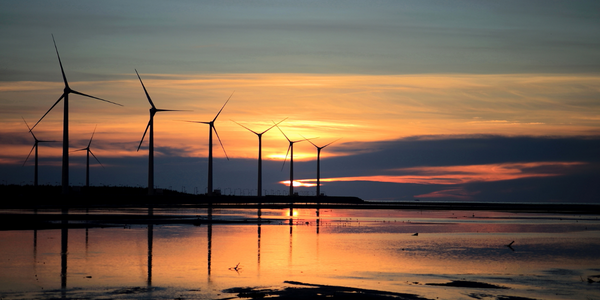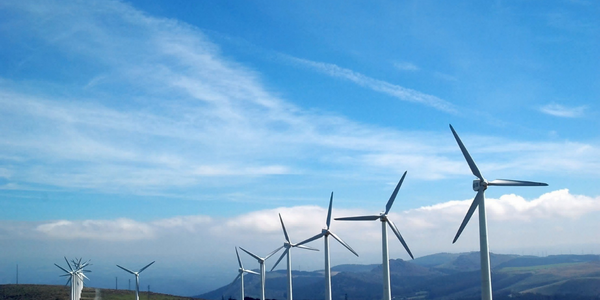技术
- 分析与建模 - 数字孪生/模拟
- 平台即服务 (PaaS) - 应用开发平台
适用行业
- 设备与机械
- 可再生能源
适用功能
- 维护
- 产品研发
用例
- 虚拟原型与产品测试
- 虚拟培训
服务
- 系统集成
- 培训
关于客户
本案例研究中的客户多种多样,从设计系泊系统的海洋工程师、接受培训的 ROV 飞行员、评估浮动潮汐能平台动态的工程师,到参与电缆敷设操作的人员。这些客户在复杂且具有挑战性的海洋环境中运营,他们需要考虑各种因素,例如线路类型、环境负荷效应以及大量可能的布局。他们需要复杂的工具和软件来模拟和预测各种场景,以优化运营并降低风险。
挑战
该案例研究提出了海洋工业不同部门面临的四个不同挑战。第一个挑战是设计系泊系统,考虑系泊线的张力、浮标的运动、锚定能力以及系泊线与海床的相互作用。第二个挑战是为 ROV 飞行员培训配备模拟软件以及有关结构、电缆和脐带张力的实时数据。第三个挑战是有效评估潮汐能平台在复杂的风、波浪、水流和载荷下的运动/响应,并确保设计的可维护性。最后一个挑战是确定电缆铺设作业期间强潮流对电缆和驳船的影响,并确定平潮后必须铺设电缆的操作影响。
解决方案
DSA 的动态分析软件 ProteusDS 用于解决这些挑战。对于系泊分析,ProteusDS 采用三次样条集总质量电缆模型,用于对系泊线进行建模。该模型可用于模拟各种柔性结构。 ProteusDS 水动力建模功能旨在评估与系泊系统耦合的浮动结构上的波浪、水流和风载荷。对于ROV飞行员培训,ProteusDS与GRI的VROV集成,创建了3D交互式实时仿真软件。对于潮汐能平台,开发了一个数值模型来预测平台运动和载荷。最后,对于电缆敷设操作,在 ProteusDS 中开发了一个数值模型来模拟水流、风和波浪对驳船和电缆的影响。
运营影响
数量效益

Case Study missing?
Start adding your own!
Register with your work email and create a new case study profile for your business.
相关案例.

Case Study
Smart Water Filtration Systems
Before working with Ayla Networks, Ozner was already using cloud connectivity to identify and solve water-filtration system malfunctions as well as to monitor filter cartridges for replacements.But, in June 2015, Ozner executives talked with Ayla about how the company might further improve its water systems with IoT technology. They liked what they heard from Ayla, but the executives needed to be sure that Ayla’s Agile IoT Platform provided the security and reliability Ozner required.

Case Study
IoT enabled Fleet Management with MindSphere
In view of growing competition, Gämmerler had a strong need to remain competitive via process optimization, reliability and gentle handling of printed products, even at highest press speeds. In addition, a digitalization initiative also included developing a key differentiation via data-driven services offers.

Case Study
Remote Monitoring & Predictive Maintenance App for a Solar Energy System
The maintenance & tracking of various modules was an overhead for the customer due to the huge labor costs involved. Being an advanced solar solutions provider, they wanted to ensure early detection of issues and provide the best-in-class customer experience. Hence they wanted to automate the whole process.

Case Study
Vestas: Turning Climate into Capital with Big Data
Making wind a reliable source of energy depends greatly on the placement of the wind turbines used to produce electricity. Turbulence is a significant factor as it strains turbine components, making them more likely to fail. Vestas wanted to pinpoint the optimal location for wind turbines to maximize power generation and reduce energy costs.

Case Study
Predictive Maintenance for Industrial Chillers
For global leaders in the industrial chiller manufacturing, reliability of the entire production process is of the utmost importance. Chillers are refrigeration systems that produce ice water to provide cooling for a process or industrial application. One of those leaders sought a way to respond to asset performance issues, even before they occur. The intelligence to guarantee maximum reliability of cooling devices is embedded (pre-alarming). A pre-alarming phase means that the cooling device still works, but symptoms may appear, telling manufacturers that a failure is likely to occur in the near future. Chillers who are not internet connected at that moment, provide little insight in this pre-alarming phase.

Case Study
Siemens Wind Power
Wind provides clean, renewable energy. The core concept is simple: wind turbines spin blades to generate power. However, today's systems are anything but simple. Modern wind turbines have blades that sweep a 120 meter circle, cost more than 1 million dollars and generate multiple megawatts of power. Each turbine may include up to 1,000 sensors and actuators – integrating strain gages, bearing monitors and power conditioning technology. The turbine can control blade speed and power generation by altering the blade pitch and power extraction. Controlling the turbine is a sophisticated job requiring many cooperating processors closing high-speed loops and implementing intelligent monitoring and optimization algorithms. But the real challenge is integrating these turbines so that they work together. A wind farm may include hundreds of turbines. They are often installed in difficult-to-access locations at sea. The farm must implement a fundamentally and truly distributed control system. Like all power systems, the goal of the farm is to match generation to load. A farm with hundreds of turbines must optimize that load by balancing the loading and generation across a wide geography. Wind, of course, is dynamic. Almost every picture of a wind farm shows a calm sea and a setting sun. But things get challenging when a storm goes through the wind farm. In a storm, the control system must decide how to take energy out of gusts to generate constant power. It must intelligently balance load across many turbines. And a critical consideration is the loading and potential damage to a half-billion-dollar installed asset. This is no environment for a slow or undependable control system. Reliability and performance are crucial.







